
大家好我是00人,会分享一些文章 有拍必回,有fo必fo
Enter the Liaocheng Canal Culture Museum and experience the past and present of the Grand Canal together

Walking by the canal in Liaocheng, I used to watch the morning and evening sunset, but I never thought that it turned out to be such a great historical masterpiece - the Beijing-Hangzhou Grand Canal. The Grand Canal runs from Hangzhou in the south to Beijing in the north. It has been more than 2,400 years since it was built. After the Jeju River and the Huitong River were dug in the Yuan Dynasty, the Beijing-Hangzhou Grand Canal passed through the urban area of Liaocheng. Since then, it has brought prosperity to Liaocheng for more than 400 years. Today, I will tell you about the past and present of the Beijing-Hangzhou Grand Canal.

The Beijing-Hangzhou Grand Canal is the ancient canal with the longest mileage and the largest project in the world. It is a great project created by the ancient working people and a symbol of Chinese cultural status.
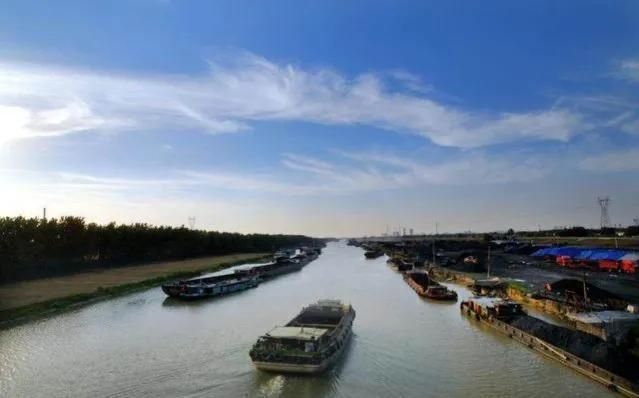
As one of the three great projects in ancient China (the Beijing-Hangzhou Grand Canal, the Karez Well and the Great Wall), what kind of existence did it really mean to the Sui Dynasty? Is it really as recorded in the history books that Emperor Yang of the Sui Dynasty was reckless, greedy for the rich products in the south, or built to transport the beauties of Jiangnan to his side?

Throughout the history of the canal, if we connect the routes of the Grand Canal, we will understand the real purpose of Emperor Sui Yang's construction of the Grand Canal.
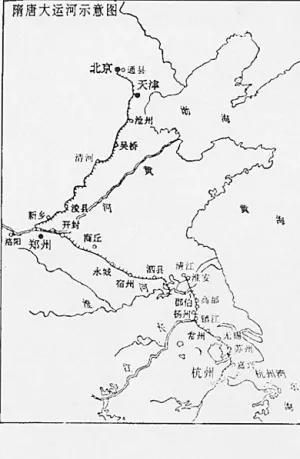
The Grand Canal was dug in the Spring and Autumn Period, completed in the Sui Dynasty, prospered in the Tang and Song Dynasties, taken straight in the Yuan Dynasty, and dredged in the Ming and Qing Dynasties.
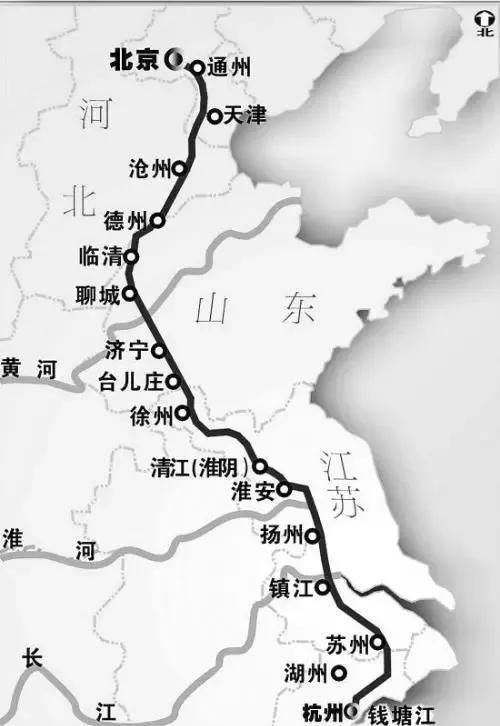
In 581 AD, Emperor Wen of the Sui Dynasty, Yang Jian, seized power and established the Sui Dynasty, with Chang'an as the capital and Luoyang as the companion capital. In AD 589, Sui destroyed Chen, ending the long-term division and reuniting the whole country. In order to consolidate his rule over the southern region, Emperor Wen of Sui sent his son Yang Guang to be the governor of Jiangnan, which made Yang Guang feel the wealth and prosperity of Jiangnan. As soon as he ascended the throne, he moved the capital from Chang'an to Luoyang, and began a feat that will last forever - the opening of the Grand Canal. In this way, Luoyang, the capital of the country, can be connected by the Luo River and the Grand Canal to the south of the Yangtze River.
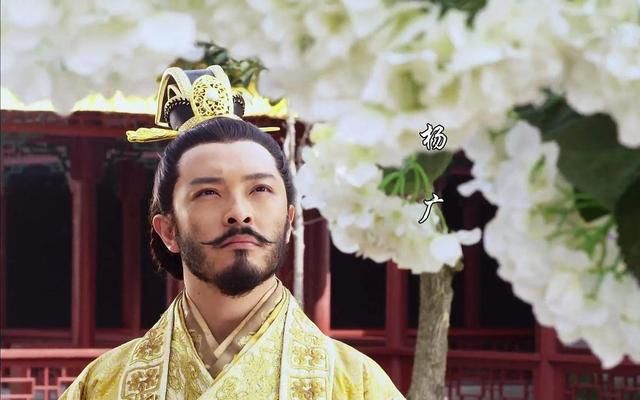
The construction of the Grand Canal began in the Spring and Autumn Period. The original purpose was to attack other countries. King Fuchai of Wu built the canal in 486 BC to transport troops to Qi to attack them. In 360 BC, King Hui of Wei dug this canal, and in the second year of Zhengshi (241 AD) Cao Cao's son Cao Pi also dug this river, but they didn't finish it. After Yang Guang ascended the throne, in AD 603, he ordered the digging of the "Yongji Canal" with a length of about 1,000 kilometers. In 605 AD, it was ordered to excavate the "Tongji Canal" of about 1,000 kilometers. In 608 AD, the previous channel was rebuilt to connect with the new channel. In 610 AD, the "Jiangnan Canal" of about 400 kilometers was excavated, and the Grand Canal has been connected from north to south since then.
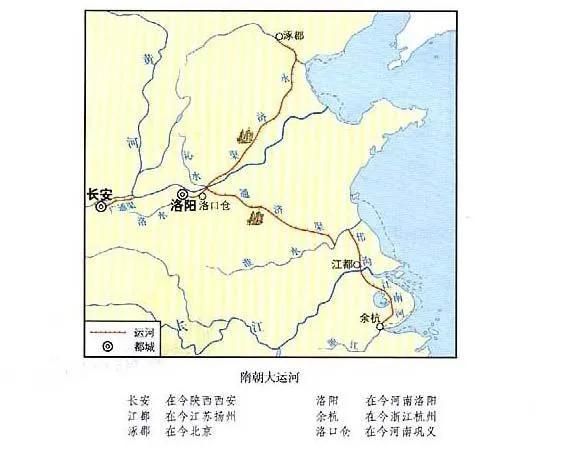
The Grand Canal in the Sui Dynasty was centered on Luoyang, like a "person" with two legs splayed out. It is Tongji Canal and Yongji Canal. With one stroke and one stroke, they stretched out to the south and north, and communicated with the five major water systems of Haihe, Yellow, Huai and Qiantang.
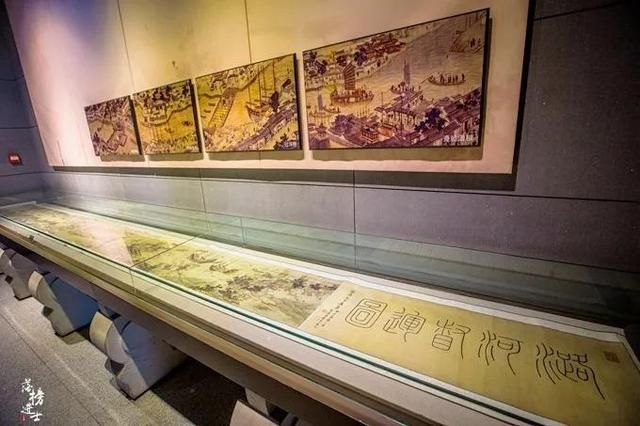
In order to stabilize the supreme imperial power of the Sui Dynasty, Emperor Yang of the Sui Dynasty had an obsession with the construction of the canal, not only for the military, but more for the economy. The most prosperous economy at that time was Yangzhou. The excavation of the canal, with Yangzhou as the center, has also driven the economic development of the surrounding areas. And the original military and political role of the canal has not disappeared. It remains an important channel for the delivery of food supplies and troops. But at the same time, it also supervises the chaebol family in the south instead of the imperial court.

Even the Grand Canal is still an important water conservancy project and plays a very important role in transportation. It is also an important channel of the South-to-North Water Diversion Project and still plays an irreplaceable and peerless role.

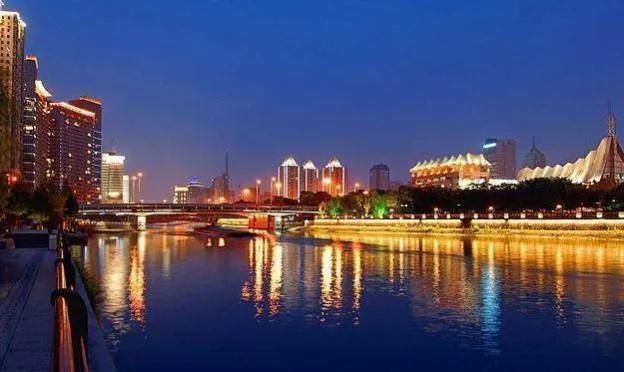

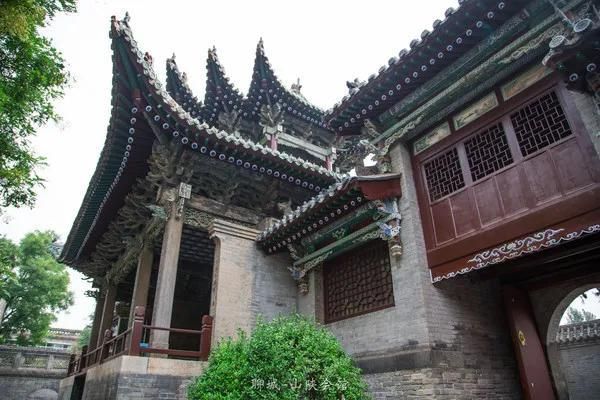
Original URL: https://kknews.cc/culture/8ybmgyq.html
Like my work?
Don't forget to support or like, so I know you are with me..
Comment…